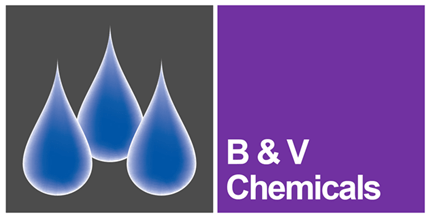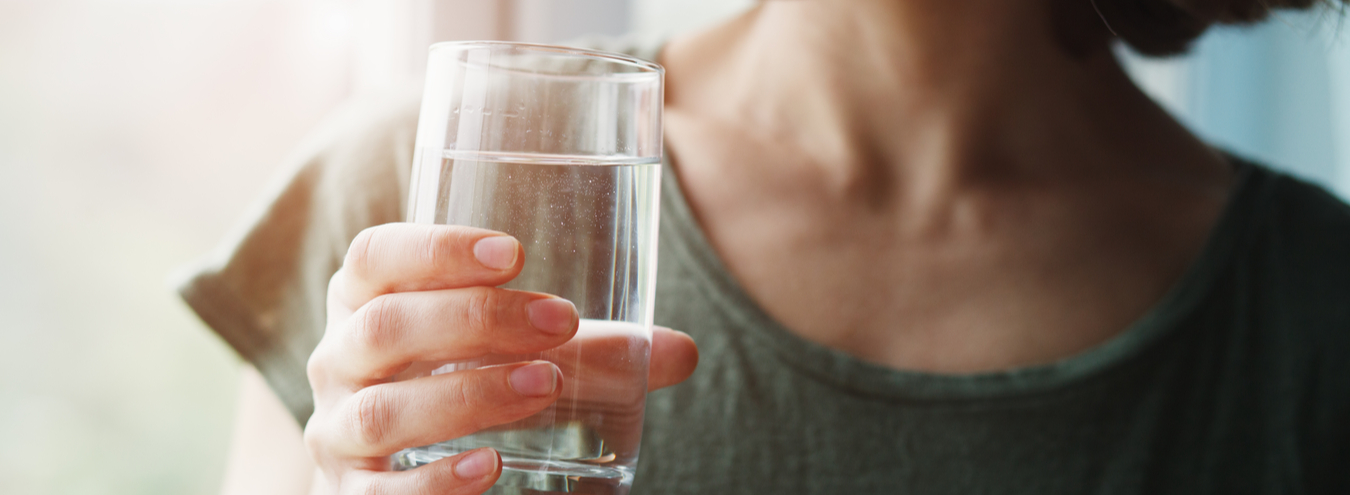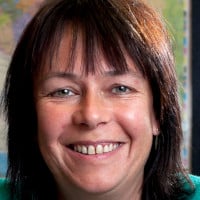Drinking water, or potable water, means water that is safe to drink and to use in food preparation.
In this blog post, we explore the regulations, sampling and testing involved in drinking water treatment.
Drinking water regulations
The UK standard of drinking water is among the best in the world. There are very strict standards applied, including The Water Supply (Water Quality) Regulations 2016. This legislation includes specific standards for a range of substances, organisms and properties of water.
Water utility companies must ensure that the water they supply is 'wholesome' for the customer. In other words, it has to be potable; of a standard which is suitable and safe to drink.
The responsibility of the water utility company ends at the point the water enters any commercial premises. Several factors can affect the quality of water once inside a building, including dead-legs, pipework corrosion, biofilm build-up, and tank condition. Microbiological contamination of potable water, although rarely hazardous to health through drinking, can cause taste and odour problems.
Around 1% of the UK population receive their water from a private supply. This is generally the case in rural or remote locations. Private water companies must adhere to The Private Water supplies (England) 2018 and The Private Water Supplies (Wales) 2017 regulations.
The Drinking Water Inspectorate (DWI) is an independent body which works with utility companies and local authorities to ensure all drinking water is safe for consumers.
Drinking water sampling
Regular potable water sampling is important whatever the original source. The Microbiology of Drinking Water (2010) - Part 2 - Practices and procedures for sampling (currently under review), should be used to form the basis of a sampling protocol. This sampling is often carried out by water treatment companies and the samples analysed in UKAS accredited laboratories.
Regular sampling provides a picture of the quality of a water supply system over time. It is good practice to trend results, particularly on TVC (Total Viable Count). An upward trend in TVC may indicate the need for further investigation and may point to problems in a system.
If the system is supplying vending machines or other mains fed water coolers these should also be part of the sampling regime. High results may indicate that these are not being cleaned thoroughly or that the cleaning regime needs to be carried out more regularly.
Drinking water testing and interpretation of microbiological results
The standard tests carried out on potable water samples taken from inside commercial buildings are include Total Viable Count (TVC) at 22oC and 37oC, Coliforms and E.coli.
Total Viable Count (TVC)
Total Viable Count (TVC) is a test that estimates the total numbers of microorganisms, such as bacteria, yeast or mould species, that are present in a water sample. The TVC is measured at two different temperatures:
At 22oC, the TVC indicates the number of live bacteria per ml of water at ‘ambient’ temperature. The count will therefore predominantly be composed of harmless environmental bacteria.
At 37oC, the TVC indicates the number of live bacteria per ml of water at body temperature. The bacteria that grow are more likely to cause some harm to consumers.
There is no standard acceptable value for TVC results in potable water. Guidelines say that if on-going testing indicates a significant increase in numbers over time, then a system may be contaminated or may need cleaning.
Coliforms
Coliforms are a group of environmental bacteria that have originated from the intestines of animals. They tend to grow in the environment and are known as indicator organisms, i.e. they are used as a guideline of possible contamination. In the majority of cases where coliforms are picked up in water samples taken from a tap, the cause is that the tap needs cleaning.
Acceptable levels = ND (Not Detected) in 100ml.
E.coli
E. coli is itself a coliform bacteria. Again, it is used as an indicator organism, but E. coli does not live for very long in water so it can be an indication of recent contamination. There are certain species of E. coli which cause infection, such as E. coli 0157, which is generally found in uncooked meat rather than water. The E. coli species found in water are generally harmless bacteria but are used as an indication of the possibility of other similar bacteria being present which may cause problems.
Acceptable levels = ND (Not detected) in 100ml.
Drinking water treatment solutions
If remedial actions are carried out to disinfect a water system inside a building, and the risk assessment does not indicate any inherent problem in system design, it may be necessary to consider continuous dosing as an option.
Suitable applications include:
Chlorine dioxide - An effective and reliable low concentration water disinfectant. It offers a high residual quality that helps to eradicate biofilm and support Legionella control, the bacteria responsible for the potentially fatal Legionnaires' disease.
Learn more about Chlorine Dioxide
Ultralox40® - A proprietary water treatment chemical developed by B & V. It is highly effective against bacteria and other waterborne pathogens and can be used for shock dosing and/or regular maintenance.
Summary
There are strict standards around drinking water quality in the UK and regular water sampling is required. Tests carried out on samples taken from commercial buildings include TVC at 22oC, TVC at 37oC, Coliforms and E.coli. Continuous dosing using Chlorine Dioxide or Ultralox40® are possible solutions for disinfection.
If you require technical advice on microbiological results, selecting a suitable biocide for system disinfections, or continuous dosing options for drinking water treatment, please contact our technical support team who will be happy to help.






